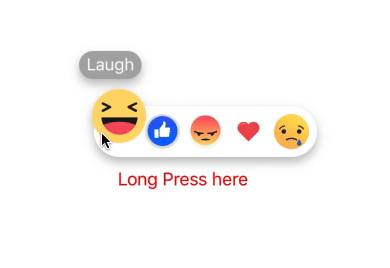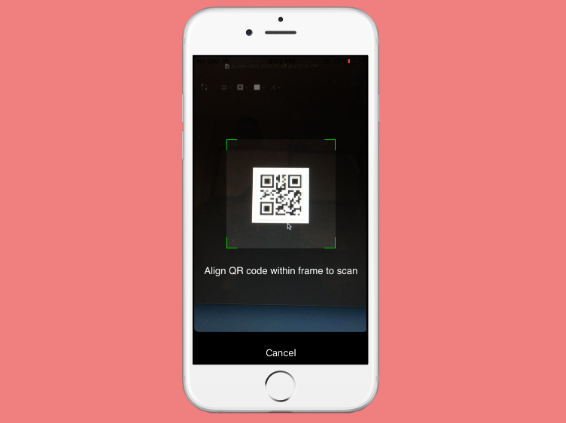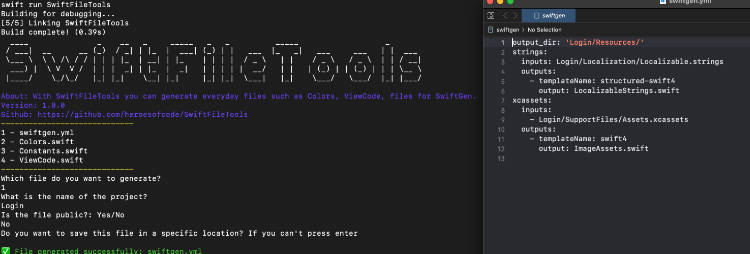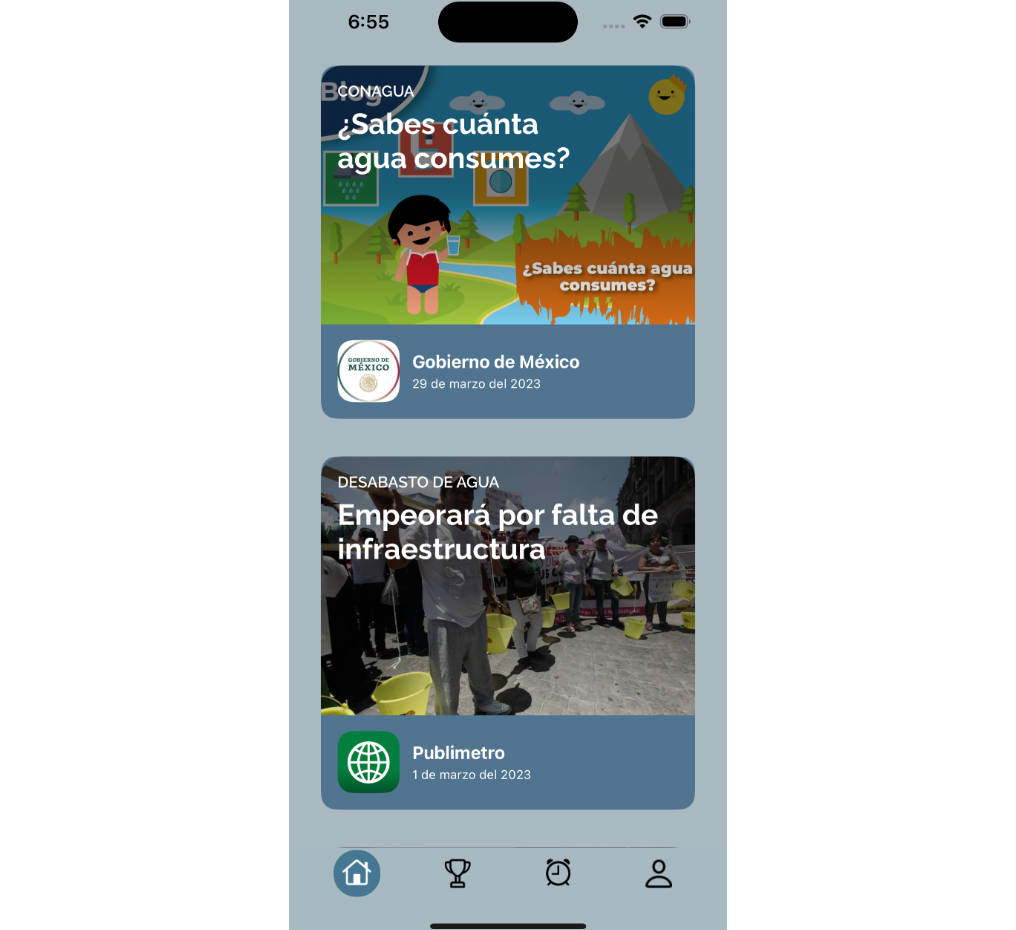BaseComponents
BaseComponents aims to provide easily reusable and understandable components to increase productivity with UIKit. Formerly written in Objective-C and used extensivly in production, the time has come to transition to Swift.
Important Note: API for Components is currently unstable.
Components Roadmap
Display multiple Models on Cells
- [x] DataRender
Layout
- [x] SplitView
- [x] ScrollingView
- [x] KeyboardManager
Networking
- [x] NetFetch
UIKit Helpers
- [x] ControlClosures
- [x] Conveniences
UI Reimplementations
- [x] PerformLabel
UI Conveniences
- [ ] ActionSheet
- [ ] ProgressIndicator
Reasoning
-
BaseComponents allows you to write efficient & understandable code in a short amount of time by abstracting the tedious stuff. Implementing data sources or delegates takes a lot of boilerplate and often there's no need. Closures provide us with the ability to mentally connect the component with an action and is therefore the preferred way of passing values async in this library.
-
BaseComponents is flexible, meaning that you don't always have to use the components that come with it. Everything is built on top of UIKit, so mix and match if the project requires it. Don't be afraid of using UITableView instead of DataRender if you need the flexibility of tweaking every single value.
-
BaseComponents is evolving. Like Swift, this library will evolve over time to account for new improvements in the language and to cover more features. Documentation will improve and so will the understanding of what is needed next. SwiftUI is on the horizon as the next big thing, but in the mean time, I'm sure that UIKit will stick around. Particularly due to stability and predictability across iOS versions.
Sample Code
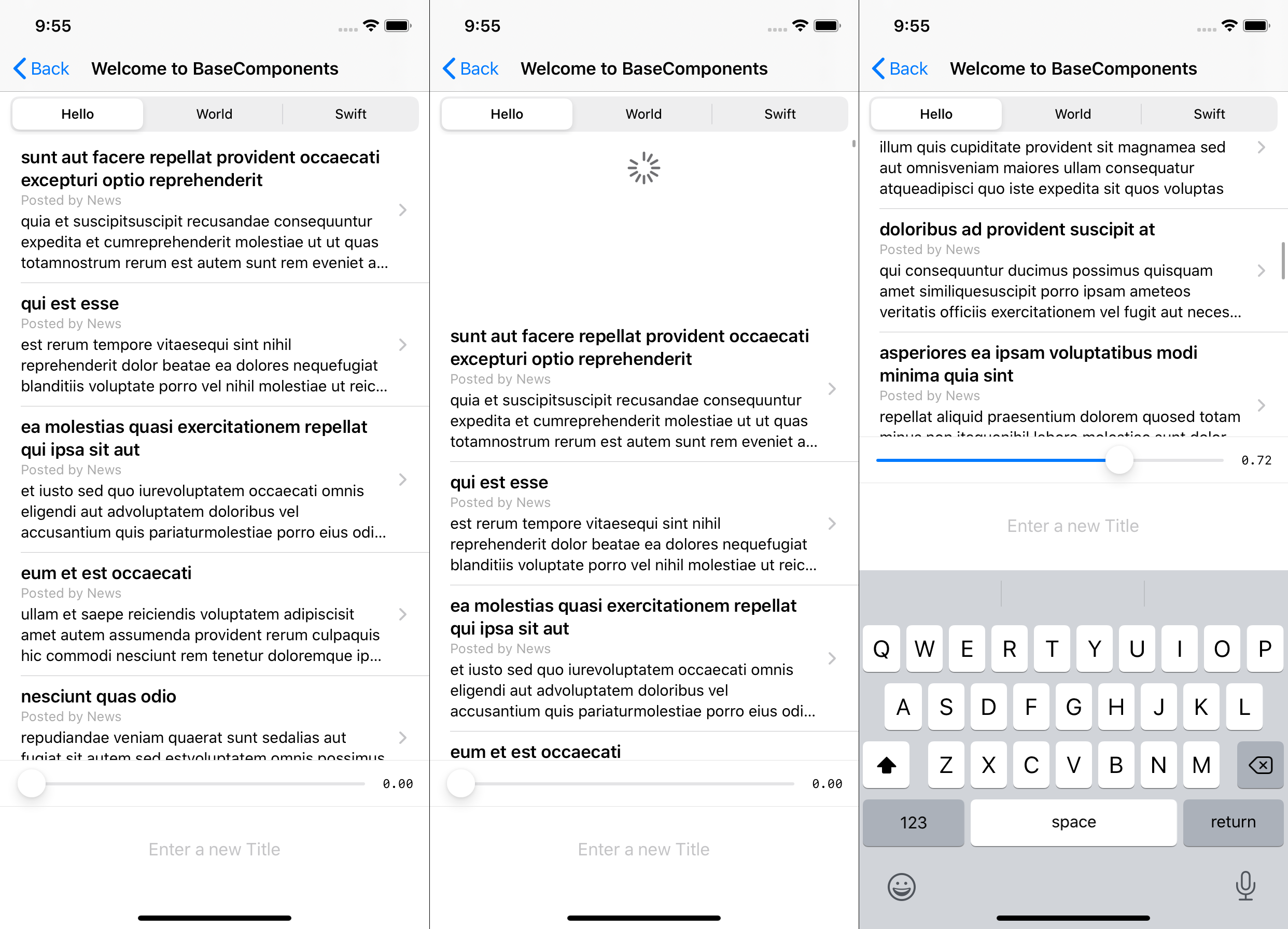
When looking at the sample code blow, we have a View Controller that supports:
- Dynamic Type
- Self-sizing cells
- Refresh control, reloading the data
- Layout fully in code
- Minimal state
- Easily understandable components
- Fetching JSON data and binding it to a model
- Responding to size of Keyboard
import UIKit
import BaseComponents
struct Post: Codable {
var userId: Int?
var id: Int?
var title: String?
var body: String?
}
public class PostCell: UITableViewCell {
public override init(style: UITableViewCell.CellStyle, reuseIdentifier: String?) {
super.init(style: .subtitle, reuseIdentifier: reuseIdentifier)
textLabel?.lines(0)
.size(.body, .bold)
detailTextLabel?.lines(3)
.size(.subheadline)
.color(.text, .black)
accessoryType = .disclosureIndicator
}
required init?(coder: NSCoder) {
fatalError("init(coder:) has not been implemented")
}
public override func bindObject(_ obj: AnyObject) {
let post = obj as! Post
let title = post.title!
let subtitle = "Posted by News"
let headline = title.appendingFormat("\n%@", subtitle)
let range = (headline as NSString).range(of: subtitle)
let attributedString = NSMutableAttributedString(string: headline)
attributedString.addAttribute(.font, value: UIFont.size(.footnote), range: range)
attributedString.addAttribute(.foregroundColor, value: UIColor.lightGray, range: range)
textLabel?.attributedText = attributedString
detailTextLabel?.text = post.body?.replacingOccurrences(of: "\n", with: "")
}
}
public class KeybardViewController: UIViewController {
lazy var dataRender: DataRender = {
let configuration = DataRenderConfiguration(cellClass: PostCell.self)
let dataRender = DataRender(configuration: configuration)
dataRender.rowHeight = UITableView.automaticDimension
return dataRender
}()
override public func viewDidLoad() {
super.viewDidLoad()
title = "Welcome to BaseComponents"
view.backgroundColor = UIColor.white
let splitView = SplitView(superview: view) { [unowned self] (splitView) in
splitView.insertSafeAreaInsetsPadding(form: self.view, paddingDirection: .top)
let segmentedControl = UISegmentedControl(items: ["Hello","World","Swift"])
segmentedControl.selectedSegmentIndex = 0
segmentedControl.addAction(for: .valueChanged) { (control) in
let segmentedControl = control as! UISegmentedControl
let item = segmentedControl.titleForSegment(at: segmentedControl.selectedSegmentIndex)!
print(item)
}
splitView.addSubview(segmentedControl, layoutType: .fixed, value: 44.0, edgeInsets: UIEdgeInsets(top: 5, left: 10, bottom: 5, right: 10))
dataRender.onRefresh { (render) in
let request = NetFetchRequest(urlString: "https://jsonplaceholder.typicode.com/posts") { (response) in
self.dataRender.refreshing = false
if let posts = response.bind([Post].self) {
self.dataRender.renderArray(posts as Array<AnyObject>)
}
}
NetFetch.fetch(request)
}
dataRender.onSelect { (itemProperites) in
let post = itemProperites.object as! Post
print("Read:",post.body!)
}
splitView.addSubview(dataRender, layoutType: .percentage, value: 100)
dataRender.refreshing = true
splitView.addSubview(UIView().color(.background, .init(white: 0.89, alpha: 1)), layoutType: .fixed, value: 0.5)
SplitView(superSplitView: splitView, valueHandler: { (parentRect) -> SplitViewLayoutInstruction in
return SplitViewLayoutInstruction(layoutType: .fixed, value: 44)
}) { (splitView) in
splitView.direction = .horizontal
let valueLabel = UILabel("0.00")
.size(.body, [.monoSpace])
.lines(1)
let slider = UISlider()
.addAction(for: .valueChanged) { (control) in
let slider = control as! UISlider
valueLabel.text = NSString(format: "%.02f", slider.value) as String
}
splitView.addSubview(slider, layoutType: .percentage, value: 100, edgeInsets: UIEdgeInsets(top: 0, left: 15, bottom: 0, right: 0))
splitView.addSubview(valueLabel, layoutType: .automatic, edgeInsets: UIEdgeInsets(top: 0, left: 15, bottom: 0, right: 15))
}
splitView.addSubview(UIView().color(.background, .init(white: 0.89, alpha: 1)), layoutType: .fixed, value: 0.5)
let textField = UITextField(placeholder: "Enter a new Title")
.align(.center)
.size(.body)
.addAction(for: .editingChanged) { (control) in
let tf = control as! UITextField
print(tf.text!)
}
.addAction(for: .editingDidEnd, { (control) in
let tf = control as! UITextField
self.title = tf.text
})
.shouldReturn { (textField) -> (Bool) in
textField.resignFirstResponder()
return true
}
splitView.addSubview(textField, layoutType: .fixed, value: 84.0)
let paddingView = UIView()
splitView.addSubview(paddingView) { (parentRect) -> SplitViewLayoutInstruction in
var bottomInset: CGFloat = 0.0;
if #available(iOS 11.0, *) {
bottomInset = self.view.safeAreaInsets.bottom
}
if KeyboardManager.visibility == .visible {
bottomInset = 0
}
return SplitViewLayoutInstruction(layoutType: .fixed, value: bottomInset)
}
}
splitView.direction = .vertical
KeyboardManager.manage(rootView: view, resizableChildSplitView: splitView)
}
}
Components
DataRender
DataRender abstracts all the tedious protocols one would need to implement when dealing with UICollectionView or UITableView. You decide whether to render a cell using a table or a grid, simply by choosing the appropriate superclass. Implement -bindObject: in the subclass to bind the model to the UI.
SplitView
AutoLayout is slow and tedious. UIStackedView is IDK. I've never used it. I've been writing all my layout in code since before it was released. SplitView is fast. You determine the direction and size of a view, either in % or px and SplitView will arrange everything else. Putting the sample code from below into a ViewController will allow you to observe SplitView's behaviour when switching between a vertical and horizontal layout, as well as when adding and removing views.
KeyboardManager
KeyboardManager takes care of handeling a splitView's size when a keyboard appears. It calculates the overlap, animation duration and curve to do a correct resize when needed. Furthermore, when implementing the manager in all views containing a textField or a textView, query the keyboardVisible API if needed.
ControlClosures
An easy way to transform UIKit's legacy target-action pattern into modern closures, keeping code organised and consise. In addition to supporting UIControl subclasses like Buttons, TextFields, SegmentedControls, etc., GestureRecognizers are also implemented. As are popular delegate methods.
NetFetch
Abstracts network calls and keeps boilerplate code to a minimum. Easily convert the response into a string or object (using Codable)
Conveniences
Allows the chaining of properties and standardises the naming convention across components.

